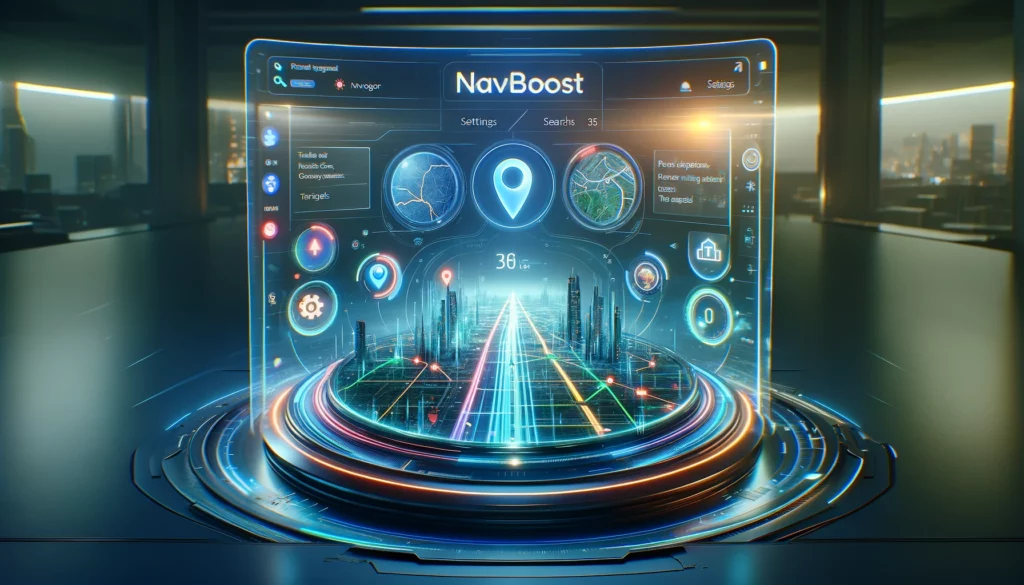

Last updated on

Numerous speculations have arisen regarding Navboost; however, to the best of my knowledge, there has been no identification of a patent closely associated with the original Navboost. Nevertheless, a 2004 patent appears to closely correspond with our understanding of Navboost.
The information I had at my disposal included the involvement of Google Software Engineer Amit Singhal in its invention and the dating of Navboost to 2005.
Upon examining Google’s patent records, I came across a 2004 patent that Amit Singhal co-authored, which aligns with Navboost’s timeline in 2005. Among Amit Singhal’s patents from that period, this is the only one that correlates with Navboost.
The description of this patent contains significant resemblances to the details presented in the Google Antitrust testimony. While Navboost was subsequently enhanced to encompass additional search features such as geographic and freshness elements, this patent seems to constitute the original basis of the Navboost algorithm.
The patent in question is titled: “Systems and methods for correlating document topicality and popularity 2004” (patent webpage).
Navboost’s origins can be traced back to around 2005, as suggested by trial testimony. During day 24 of the trial, Google employee P. Pandurang Nayak stated:
Q. So, just to clarify, does Navboost date back to 2005?
A. It falls somewhere within that timeframe, and it might even predate that.
The 2005 date aligns well with the patent titled “Systems and methods for correlating document topicality and popularity,” which was filed in 2004. This patent’s date seems logical.
However, an intriguing aspect of this patent is its absence of explicit mentions of clicks. I suspect that individuals searching for the Navboost patent might have overlooked it because it doesn’t explicitly refer to clicks. Instead, the patent addresses concepts related to user interactions and navigational patterns, which indirectly reference clicks.
It’s important to note that user interactions and navigational patterns inherently involve users clicking on items within the search results.
The patent implies user clicks in various instances as follows:
It is evident that user clicks play a fundamental role in the patent’s proposed method for evaluating the popularity of documents. By analyzing which documents users choose to interact with, the system can assign popularity scores to these documents. These scores, in combination with the topical relevance of the documents, are then utilized to improve the accuracy and relevance of search engine results.
During the Google trial, Eric Lehman, a Google executive, explained that Navboost plays a role in assigning scores to documents.
In his testimony, Lehman elaborated on how Navboost assigns scores to documents based on user click data, stating, “Navboost takes a cautious approach in the face of uncertainty. Therefore, it may adjust a document’s score, but in a more subtle manner when compared to situations with more abundant data.”
This passage from the Google trial illustrates the concept that a document’s score is relative to the number of visits it receives. If a website garners fewer visits, the score is only mildly modified, implying that a higher volume of clicks would lead to a different score.
Additionally, the patent citation underscores the notion that a document’s score is influenced by the frequency of user visits, stating that “a document visited more frequently by users may receive a higher popularity score.”
The patent US8595225 consistently alludes to the significance of “user clicks” within the context of gauging the popularity of documents. In fact, the centrality of popularity is underscored by the patent’s very title: “Systems and methods for correlating document topicality and popularity.”
In this context, “user clicks” pertains to the interactions users have with various documents, including web pages. These interactions constitute a pivotal element in the determination of popularity scores for these documents.
The patent outlines a methodology where a document’s popularity is inferred from the navigational patterns of users, which primarily encompass user clicks.
It’s worth noting a distinction raised by Matt Cutts in a video discussion – he differentiates between Popularity and PageRank. Popularity, according to Matt, revolves around user preferences and reflects where users tend to navigate. On the other hand, PageRank is more concerned with establishing authority through the presence of links.
As per Matt’s definition, dating back to around 2014, the concept of popularity aligns closely with the patent’s focus on tracking user behavior to gauge where people tend to go online.
The patent effectively employs popularity scores in several ways:
These instances underscore the patent’s primary focus on integrating document popularity, gauged through user interactions such as clicks, into the mechanisms governing document ranking and their correlation to specific topics.
The approach delineated in the patent appears to align closely with what was described in the trial documents as Navboost, suggesting a responsive and dynamic approach to determining the relevance and significance of documents in search engine results.
Original news from SearchEngineLand